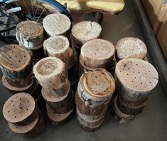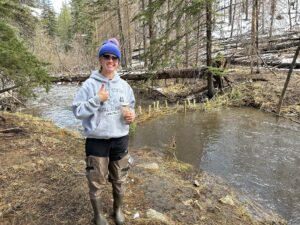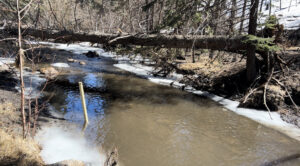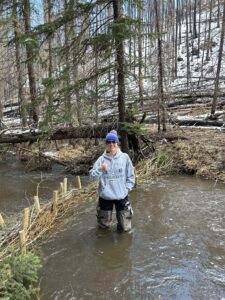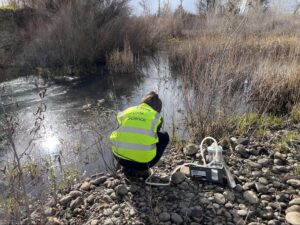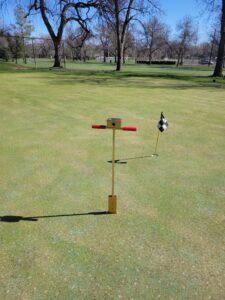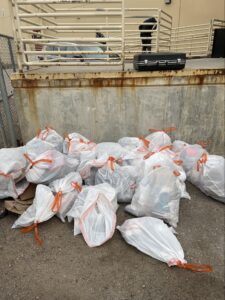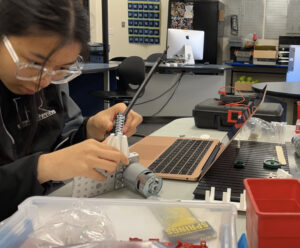2024 – 2025, Greeley West High School, Greeley, Colorado, USA
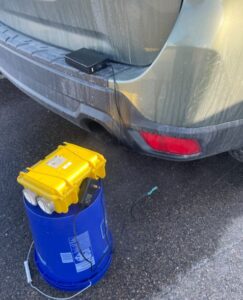
Alyssa from Greeley West High School addressed air pollution by designing and installing “No Idling” signs in her school’s pickup zone and parking lot, while also educating students, families, and community members about the environmental and health impacts of vehicle idling. When cars idle—leaving engines running while waiting—they emit harmful substances such as carbon monoxide (CO), carbon dioxide (CO₂), volatile organic compounds (VOCs), and particulate matter. These pollutants degrade air quality and can negatively affect human health.
To raise awareness, Alyssa installed signs, distributed flyers, spoke with students and families, and reached out to other schools in her community. Her goal was to encourage people to stop idling, protecting both the environment and the health of students. In her initial research, Alyssa monitored a single idling car and found that, in under 10 minutes, it emitted CO/CO₂, VOCs, and particulate matter in various sizes. Motivated by these results, she had “No Idling” signs placed at her school’s entrance and created informational brochures to further educate families and students. You can view some of Alyssa’s content below.
Alyssa’s project raised awareness among peers and community members visiting the school. Her solution aligns with Sustainable Development Goals 11.6 and 15.5 by promoting cleaner air and environmental protection. Continue reading
